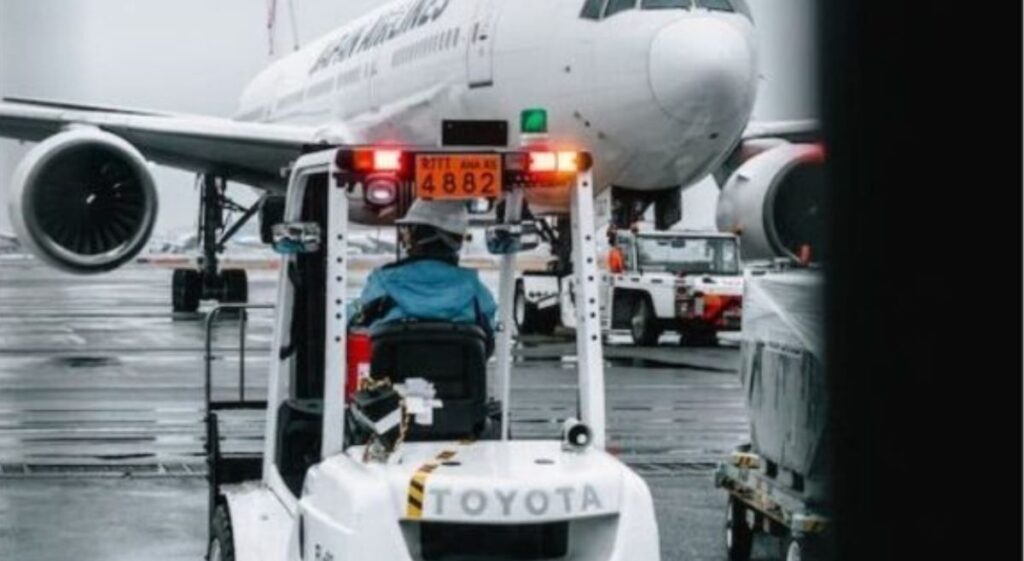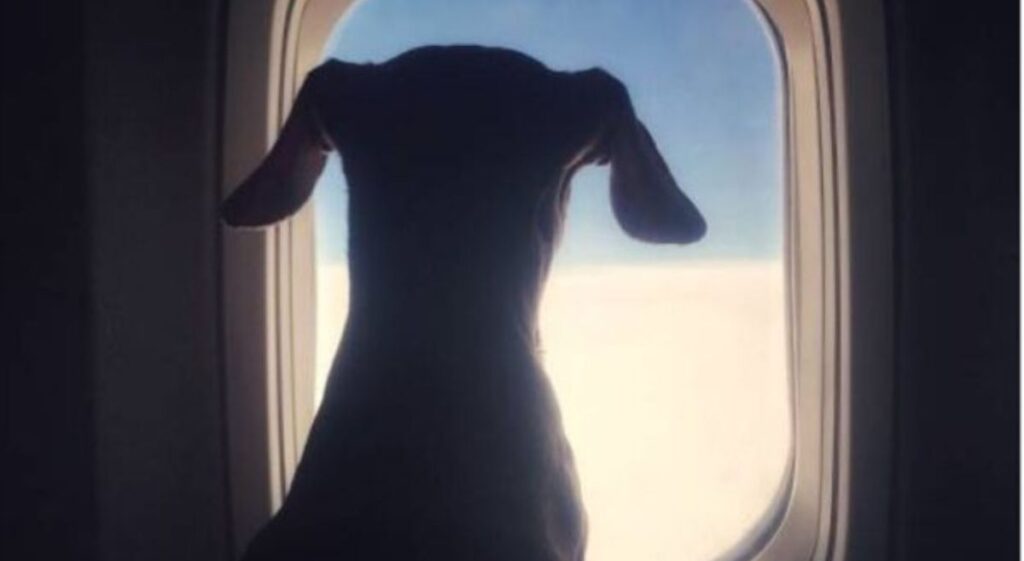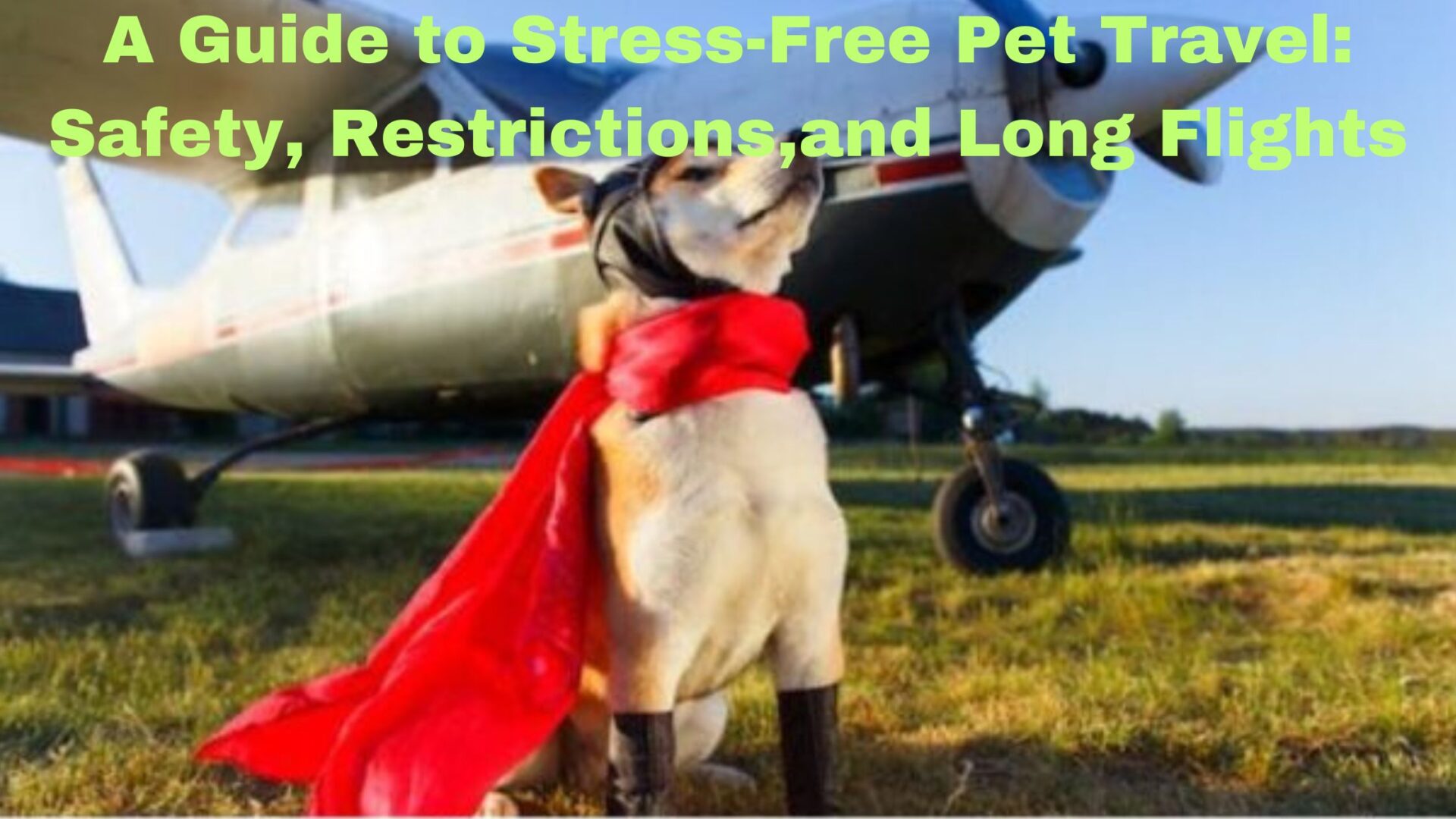Introduction:
A Guide to Stress-Free Pet Travel: Safety, Restrictions, and Long Flights

Traveling with pets can be a rewarding and memorable experience. However, it’s crucial to prioritize their safety and well-being throughout the journey. In this comprehensive guide, we will explore how to travel safely with your pet on flights without stress. We will also delve into the types of pets allowed and the restrictions you need to be aware of. Additionally, we’ll discuss how pets travel on long flights to help you plan for their comfort and convenience.
How can I travel safely with my pet on a long flight without stress?
A Guide to Stress-Free Pet Travel
Traveling with your pet on a long flight can be a smooth and stress-free experience with proper planning and preparation. Here are some tips to help you travel safely with your pet without stress on a long flight:
- Choose a Pet-Friendly Airline: Research and select an airline that has pet-friendly policies and accommodations for long flights. Check their requirements, restrictions, and any additional fees or documentation needed for pet travel.
- Consult with Your Veterinarian: Before the trip, visit your veterinarian for a thorough check-up of your pet. Ensure that your pet is in good health and up to date on vaccinations. Discuss any concerns or specific requirements for traveling long distances.
- Get the Right Carrier: Invest in a sturdy, airline-approved carrier that provides ample space for your pet to stand, turn around, and lie down comfortably. The carrier should have proper ventilation and secure locks to keep your pet safe during the flight.
- Familiarize Your Pet with the Carrier: Introduce your pet to the carrier well in advance of the trip. Make it a positive experience by gradually acclimating them to spending time in the carrier. Place treats, toys, and familiar bedding inside to create a comfortable environment.
- Pack Essential Supplies: Bring all the necessary supplies for your pet’s well-being during the flight. This includes food, water, medication (if required), a leash, waste bags, and any comfort items such as toys or blankets. Having everything your pet needs readily available will reduce stress during the journey.
- Stick to a Regular Feeding Schedule: Maintain your pet’s regular feeding schedule as much as possible. Avoid feeding them right before the flight to prevent discomfort or potential motion sickness. Offer a light meal a few hours before departure.
- Stay Calm and Comforting: Pets can sense your energy and emotions. Stay calm and provide reassurance to your pet throughout the journey. Talk to them in a soothing voice and offer gentle strokes or pats. Your presence and comfort will help keep them relaxed.
- Hydration is Key: Ensure your pet stays hydrated during the flight. Freeze a small dish of water in the carrier before leaving for the airport. This way, it will gradually melt, providing a source of water for your pet without spilling during the journey.
- Take Breaks and Bathroom Breaks: During layovers or if there’s a long flight duration, if allowed by the airline, take your pet out of the carrier in a secure and designated pet area. Offer them the opportunity to stretch their legs, use the bathroom, and have a drink of water.
- Follow Airline Regulations and Guidelines: Familiarize yourself with the specific airline’s regulations and guidelines for pet travel. Be aware of any restrictions on the number of pets allowed, carrier dimensions, and any additional requirements or documentation needed.
By following these tips and prioritizing your pet’s safety, comfort, and well-being, you can travel safely with your pet on a long flight without stress. Remember to plan in advance, stay organized, and provide your furry friend with love and support throughout the journey.
What restrictions do pets have to follow during long-haul flights?
During long-haul flights, pets are subject to certain restrictions to ensure their safety and comply with airline regulations. While specific restrictions may vary depending on the airline and destination, here are some common restrictions that pets typically have to follow during long-haul flights:

- Carrier Requirements: Pets must be transported in an airline-approved carrier or crate that meets specific size, ventilation, and security guidelines. The carrier should provide enough space for the pet to stand, turn around, and lie down comfortably.
- Health and Vaccination Requirements: Most airlines require pets to have a health certificate issued by a veterinarian within a certain timeframe before the flight. This ensures that the pet is in good health and free from contagious diseases. Some destinations may have additional vaccination requirements.
- Breed Restrictions: Certain airlines have restrictions on specific dog breeds, particularly those with brachycephalic (short-nosed) features, due to potential health risks associated with air travel. Breeds such as Bulldogs, Pugs, Boxers, and certain Mastiffs may face limitations or additional requirements.
- Age Restrictions: Airlines may have age restrictions for pet travel. Puppies and kittens typically need to be at least 8 to 12 weeks old before they can travel by air.
- Flight Duration Limits: Some airlines may have restrictions on the maximum flight duration for pets traveling in the cargo hold. This is to ensure that the pet is not subjected to extended periods in the cargo area, which could impact their well-being.
- Temperature Restrictions: Airlines have temperature restrictions to protect pets from extreme weather conditions. They may have limitations on pet travel during excessively hot or cold periods to ensure the pet’s safety and comfort.
- Documentation and Identification: Pets traveling on long-haul flights may need additional documentation, such as international health certificates, import permits, or microchip identification, depending on the destination country’s requirements.
- Cabin vs. Cargo Hold: Depending on the size and weight of the pet, as well as the airline’s policies, there may be restrictions on whether the pet can travel in the cabin or needs to be transported in the cargo hold.
It’s important to note that these restrictions can vary among airlines and countries. It is crucial to check the specific regulations of the airline you plan to travel with and the requirements of your destination. Adhering to these restrictions ensures the safety, comfort, and compliance of your pet during long-haul flights.
Which pets cannot be taken on a long flight?
Pets that cannot be taken on a long flight typically include large or exotic animals, such as horses or cows, aggressive or dangerous animals, and certain dog and cat breeds with brachycephalic characteristics. Additionally, wild or exotic animals are generally not allowed on flights. However, it’s important to note that specific restrictions may vary depending on the airline and destination. It’s always recommended to check with the airline directly for their specific policies on pet travel.
Conclusion:
Traveling with your pet on a flight can be a smooth and stress-free experience when you are well-prepared and informed. By following the tips and guidelines provided, you can ensure the safety, comfort, and well-being of your furry friend throughout the journey. Understanding the restrictions and requirements for pet travel, as well as how pets travel on long flights, will help you plan accordingly and make the necessary arrangements. So, get ready to embark on an adventure with your beloved pet while ensuring a positive and safe travel experience for both of you.

Comments are closed.